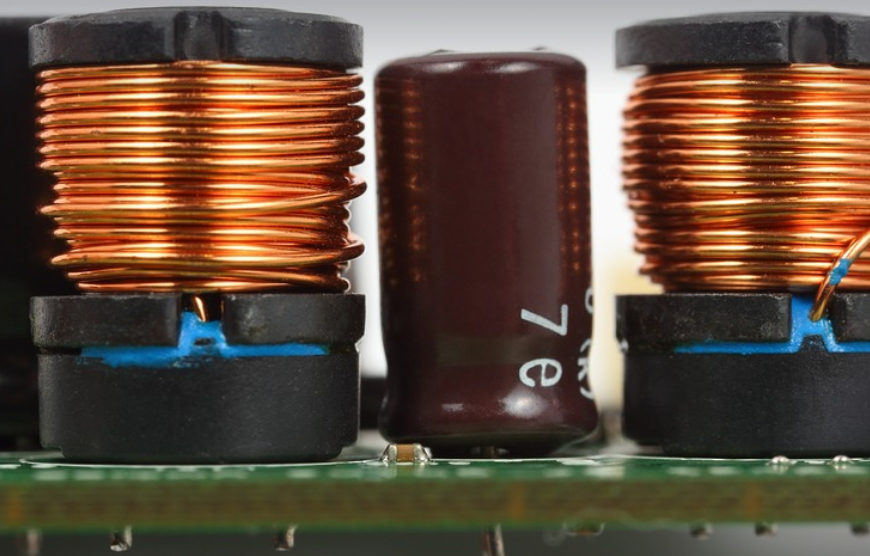Understanding the Importance of RF Shielding
In today’s world, radio frequency (RF) signals are omnipresent. From smartphones and Wi-Fi routers to medical equipment and industrial automation systems, RF interference is a constant threat in our built environment. Architectural RF shielding offers a crucial solution by minimizing unwanted RF signals penetration into sensitive infrastructure and protecting residents from potential health hazards.
Modern buildings often utilize advanced technology, meaning they are more susceptible to RF interference than ever before. Sensitive equipment like medical devices or communication systems can suffer performance degradation or even failure if exposed to strong RF signals. Additionally, these technologies rely on clean, stable RF environments to ensure consistent operation and reliability.
RF shielding involves using specific materials, structural components, and design techniques to block or minimize the transmission of unwanted RF waves within a space. This ensures that sensitive equipment can operate without interference and maintains an optimal signal environment.
Architectural RF shielding is not just about protecting technology; it’s also about creating a healthy and comfortable living and working environment for people within buildings. Reducing electromagnetic noise levels helps lower stress, improve focus, and create a more peaceful atmosphere.
Best Practices for Architectural RF Shielding
Implementing effective architectural RF shielding requires careful planning and consideration throughout the construction process. Here are some best practices to ensure your building’s RF performance is optimized.
1. Thorough Site Analysis:
Before designing any RF-shielding solution, a detailed site analysis is crucial. This includes assessing existing RF sources and hazards within the surrounding environment. Consider factors like proximity to cellular towers, wireless networks, industrial equipment, and other potential sources of RF noise.
2. Material Selection:
Choosing the right materials for shielding is paramount. The effectiveness of a shield depends on its material composition and thickness. Common choices include:
- **Conductive Materials:** Metals like copper, aluminum, or silver are excellent conductors and can be used to form various shielding patterns.
- **Magnetic Shielding:** Magnetic materials like ferrite cores or Mu-metal effectively block magnetic fields and RF signals.
- **Dielectric Materials:** High-permittivity materials like ceramic, fiberglass, or specialized plastics can reflect or absorb RF signals without blocking their transmission.
3. Grounding and Bonding:
Proper grounding and bonding of conductive components within the building is essential for efficient shielding. This ensures a continuous path for stray currents to flow, minimizing potential ground loops and reducing noise interference.
4. Structural Design Considerations:
The building’s structural design can influence RF shielding effectiveness. Features like walls, floors, and ceilings should be strategically designed with conductive materials to minimize signal penetration.
**5. Design for Future Adaptability:**
Consider future technological advancements when planning your RF-shielded environment. By incorporating adaptable designs that allow for easy modification of wiring and equipment placement, you can optimize the building’s RF performance over time.
6. Professional Expertise:
RF shielding demands specialized knowledge and expertise. Engaging experienced architects, engineers, and consultants who specialize in this field can ensure your buildings are shielded effectively and meet specific requirements.
Benefits of Effective Architectural RF Shielding
Implementing these best practices yields numerous benefits that extend beyond just technical performance:
1. Enhanced Device Reliability:
Proper shielding protects sensitive equipment from electromagnetic interference, ensuring optimal device functionality and extending their lifespan.
2. Improved Communication Quality:
RF shielding minimizes signal degradation caused by external sources of noise, leading to clearer communication channels and better data transmission speeds.
3. Reduced Health Hazards:
Proper shielding helps eliminate the risk of electromagnetic radiation exposure, ensuring a safer environment for occupants and workers. This is especially important in healthcare settings or near industrial equipment.
4. Increased Energy Efficiency:
By reducing unnecessary RF transmissions, architectural RF shielding can contribute to energy conservation within buildings, leading to lower utility bills.
***Conclusion: ***
Architectural RF shielding is a critical component of modern building design, especially in spaces with high technological demands. Understanding the best practices outlined above will help architects and builders create more resilient and efficient buildings for years to come. While specific implementation techniques may vary depending on the project’s unique needs, prioritizing these guidelines can ensure your building stands out not just for its architectural beauty but also for its advanced RF performance.
